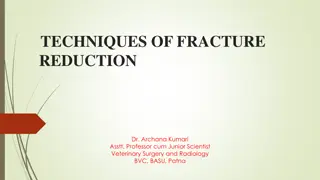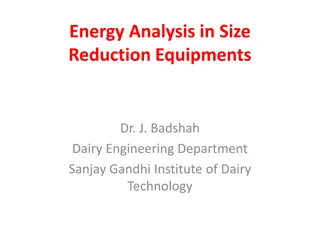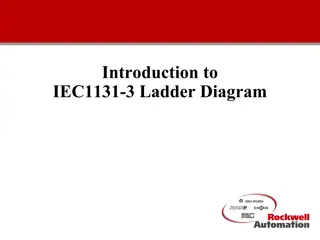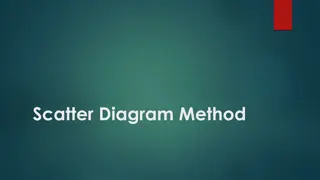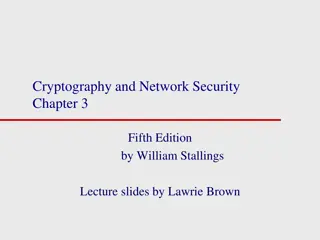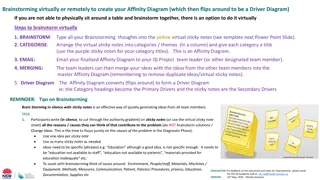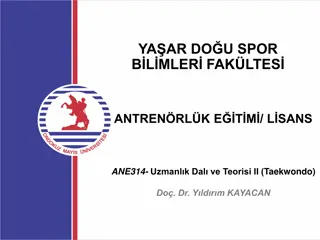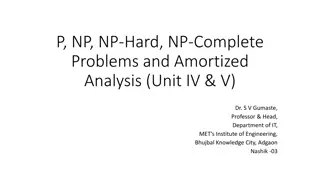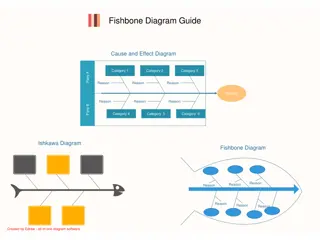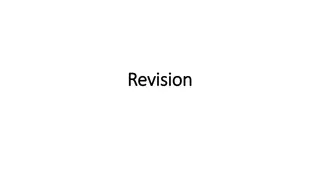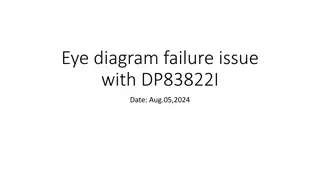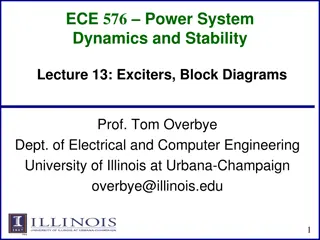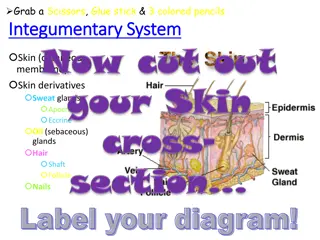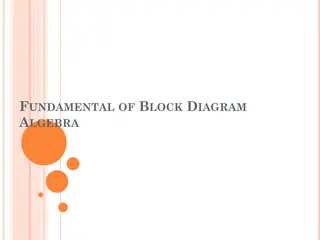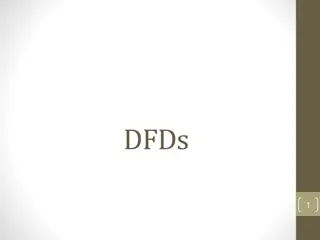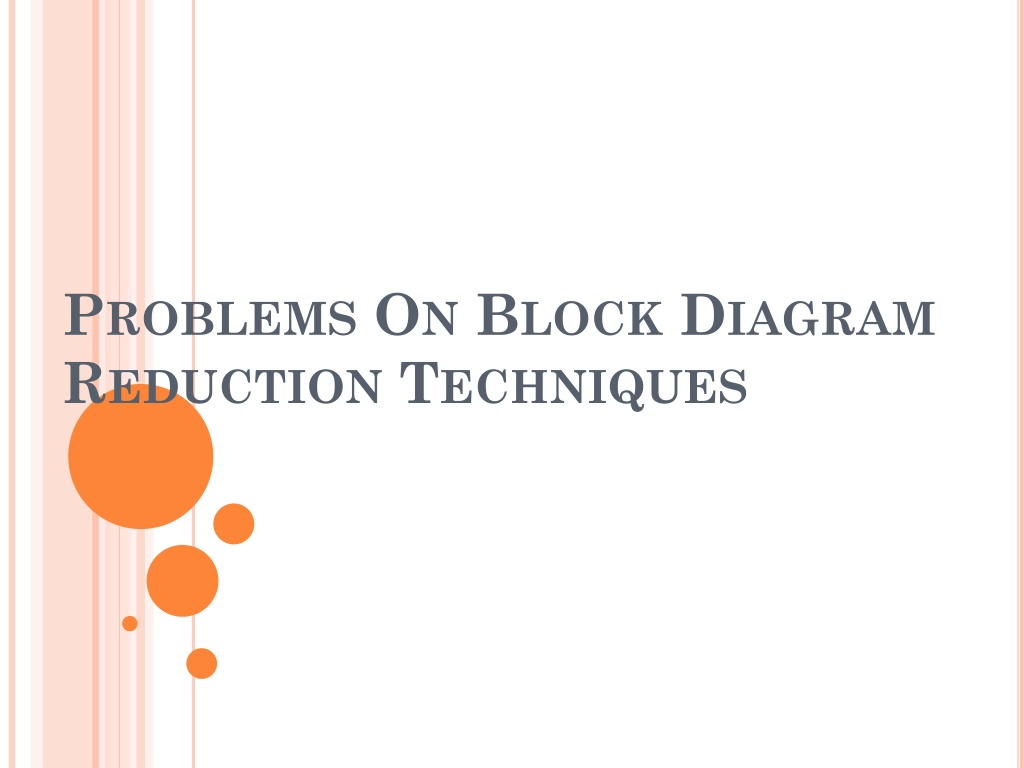
Block Diagram Reduction Techniques and Examples
Explore block diagram reduction techniques with examples like determining open-loop transfer functions, feed-forward transfer functions, control ratios, and more. See how systems are simplified to single transfer functions and obtain closed-loop transfer functions. Gain insights into characteristic equations, poles, and zeros for closed-loop systems.
Download Presentation

Please find below an Image/Link to download the presentation.
The content on the website is provided AS IS for your information and personal use only. It may not be sold, licensed, or shared on other websites without obtaining consent from the author. If you encounter any issues during the download, it is possible that the publisher has removed the file from their server.
You are allowed to download the files provided on this website for personal or commercial use, subject to the condition that they are used lawfully. All files are the property of their respective owners.
The content on the website is provided AS IS for your information and personal use only. It may not be sold, licensed, or shared on other websites without obtaining consent from the author.
E N D
Presentation Transcript
PROBLEMS ON BLOCK DIAGRAM REDUCTION TECHNIQUES
Example-8: For the system represented by the following block diagram determine: Open loop transfer function Feed Forward Transfer function control ratio feedback ratio error ratio closed loop transfer function characteristic equation closed loop poles and zeros if K=10. 1. 2. 3. 4. 5. 6. 7. 8.
EXAMPLE-8: CONTINUE First we will reduce the given block diagram to canonical form K + s 1
EXAMPLE-8: CONTINUE K + s 1 K + G s 1 = K + + GH 1 + s 1 s 1
EXAMPLE-8: CONTINUE ( ) B s = ( ) ( ) G s H s 1. Open loop transfer function ( ) E s C ( ) s 2. Feed Forward Transfer function = ( ) G s ( ) E s (s ) G ( ) ( s ) H C s G s =1 3. control ratio + ( ) ( ) ( ) R s G s ( ) ( G ) ( ) B s G + s H s 4. feedback ratio =1 ( ) ( ) ( ) R s s H s (s ) H ( ) E s 1 5. error ratio =1 + ( ) ( ) ( ) R s G s H s ( ) ( s ) H C s G s =1 6. closed loop transfer function + ( ) ( ) ( ) R s G s 7. characteristic equation + = ( ) ( ) G s H s 1 0 8. closed loop poles and zeros if K=10.
Example-9: For the system represented by the following block diagram determine: Open loop transfer function Feed Forward Transfer function control ratio feedback ratio error ratio closed loop transfer function characteristic equation closed loop poles and zeros if K=100. 1. 2. 3. 4. 5. 6. 7. 8.
EXAMPLE-10: REDUCETHESYSTEMTOASINGLE TRANSFERFUNCTION. (FROM NISE:PAGE-243).
EXAMPLE-11: SIMPLIFYTHEBLOCKDIAGRAMTHEN OBTAINTHECLOSE-LOOPTRANSFERFUNCTION C(S)/R(S). (FROM OGATA: PAGE-47)
EXAMPLE-12: REDUCETHE BLOCK DIAGRAM. H 2 C _ R + G G G + ++ _ 3 1 2 H 1
EXAMPLE-12: H 2 G 1 _ C R + G G G + ++ _ 3 1 2 H 1
EXAMPLE-12: H 2 G 1 _ C R + G G 1G + ++ _ 3 2 H 1
EXAMPLE-12: H 2 G 1 C _ R + G G 1G + ++ _ 3 2 H 1
EXAMPLE-12: H 2 G 1 C _ R G G 1 2 + G + _ 1 3 G G H 1 2 1
EXAMPLE-12: H 2 G 1 C _ R G G G 1 G 2 3 H + + _ 1 G 1 2 1
EXAMPLE-12: C R G G G 1 2 + 3 + _ 1 G G H G G H 1 2 1 2 3 2
EXAMPLE-12: C R G + G G 1 2 G 3 H + 1 G G H G G G G 1 2 1 2 3 2 1 2 3




